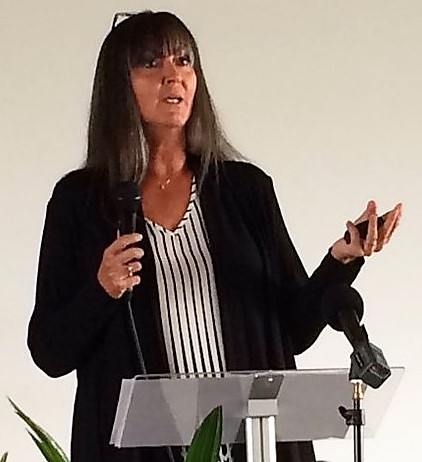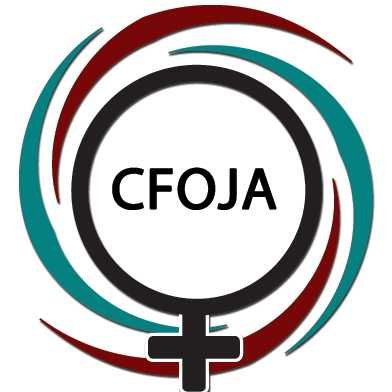Femicide – sex- and gender-related killings of women and girls – has increased in Canada and around the globe during the COVID-19 pandemic, says University of Guelph gender-based violence expert Dr. Myrna Dawson.
Repeated lockdowns and lack of access to services and shelters as well as tense home environments – all due to the pandemic – have contributed to a steady increase in femicide.
“The numbers are showing increases over the three years – pre-COVID, beginning of COVID and as COVID continues – and in that context, it is something that we should be concerned about,” said Dawson, director of U of G’s Centre for the Study of Social and Legal Responses to Violence.
“Not only because the numbers are increasing, but because these numbers are only capturing women and girls who were killed. This does not capture the increases in those who have and continue to experience violence throughout the pandemic.”
Nov. 25 is the International Day for the Elimination of Violence Against Women and the beginning of the Global 16 Days Campaign, which raises awareness about male violence against women. Now in its 30th year, the Global 16 Days Campaign will focus this year on femicide.
Dawson is also the director of the Canadian Femicide Observatory for Justice and Accountability (CFOJA), a group focused on understanding the causes and consequences of femicide. The CFOJA’s annual report provides statistics and insights into the killing of women and girls in Canada.
Stay-At-Home Orders Added to Stresses at Home
According to the CFOJA, 92 women and girls were killed in Canada in the first six months of 2021, up from 78 during the same period in 2020 and 60 in 2019.

“That’s an increase of 32 women and girls killed from 2019 to 2021,” said Dawson, a U of G Research Leadership Chair in the College of Social and Applied Human Sciences. “Canada is not the only country experiencing these continual increases in numbers. It’s a global trend.”
Lockdowns and stay-at-home orders have changed the dynamics and stresses at home, often in negative ways.
“However, these orders do not suddenly turn previously non-violent men into violent men,” said Dawson. “Instead, it’s likely exacerbated the violence some women and children have already been living with and limiting their options in terms of dealing with it like they may have done before the pandemic.”
COVID-19 has also restricted service providers, she said.
Women have also been hit harder by the pandemic in other ways including layoffs – particularly for women earning minimum wage – and reduced access to child care. These factors have also likely played a role in the increasing femicide numbers, she said.
“We know that a key contributor to male violence against women is gender inequality, and the pandemic has significantly increased inequality,” said Dawson.
“Throughout the pandemic, women have lost more jobs, are picking up child-care responsibilities and stepping in to educate children when schools close. This is what disaster patriarchy looks like. When there is a disaster, women are typically impacted more profoundly than men, materially speaking and in terms of experiences of violence. They are closely connected.”
‘Contributions of Misogyny and Male Entitlement’
 While CFOJA is still collecting data on femicides for the second half of 2021, Dawson said she expects the trend to continue and adds that the pandemic is just one factor.
While CFOJA is still collecting data on femicides for the second half of 2021, Dawson said she expects the trend to continue and adds that the pandemic is just one factor.
“The pandemic has not done this to women; rather, men have done this to women and perhaps are using the pandemic as a new excuse. But it is individual men and the patriarchal social structures that ensure women and their prescribed roles in society are undervalued that have led to more direct and severe impacts of the pandemic on their lives and experiences of violence.”
Without real societal changes, she said, femicide rates will remain constant and potentially increase.
“While the pandemic has changed the dynamics of violence in some ways, the experiences, consequences and solutions have not changed significantly, so everything that feminists and anti-violence against women organizations have been saying for decades still applies. Gender equality or equity is key. We cannot fully prevent violence without addressing the contributions of misogyny and male entitlement.”
Dawson recently contributed a commentary to Conversation Canada.
Contact:
Dr. Myrna Dawson
mdawson@uoguelph.ca